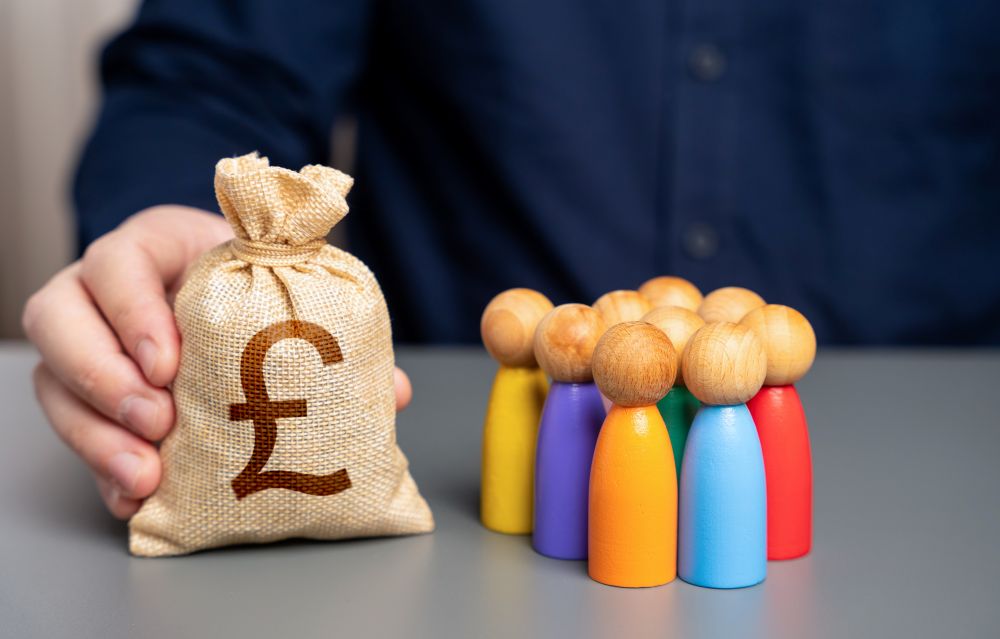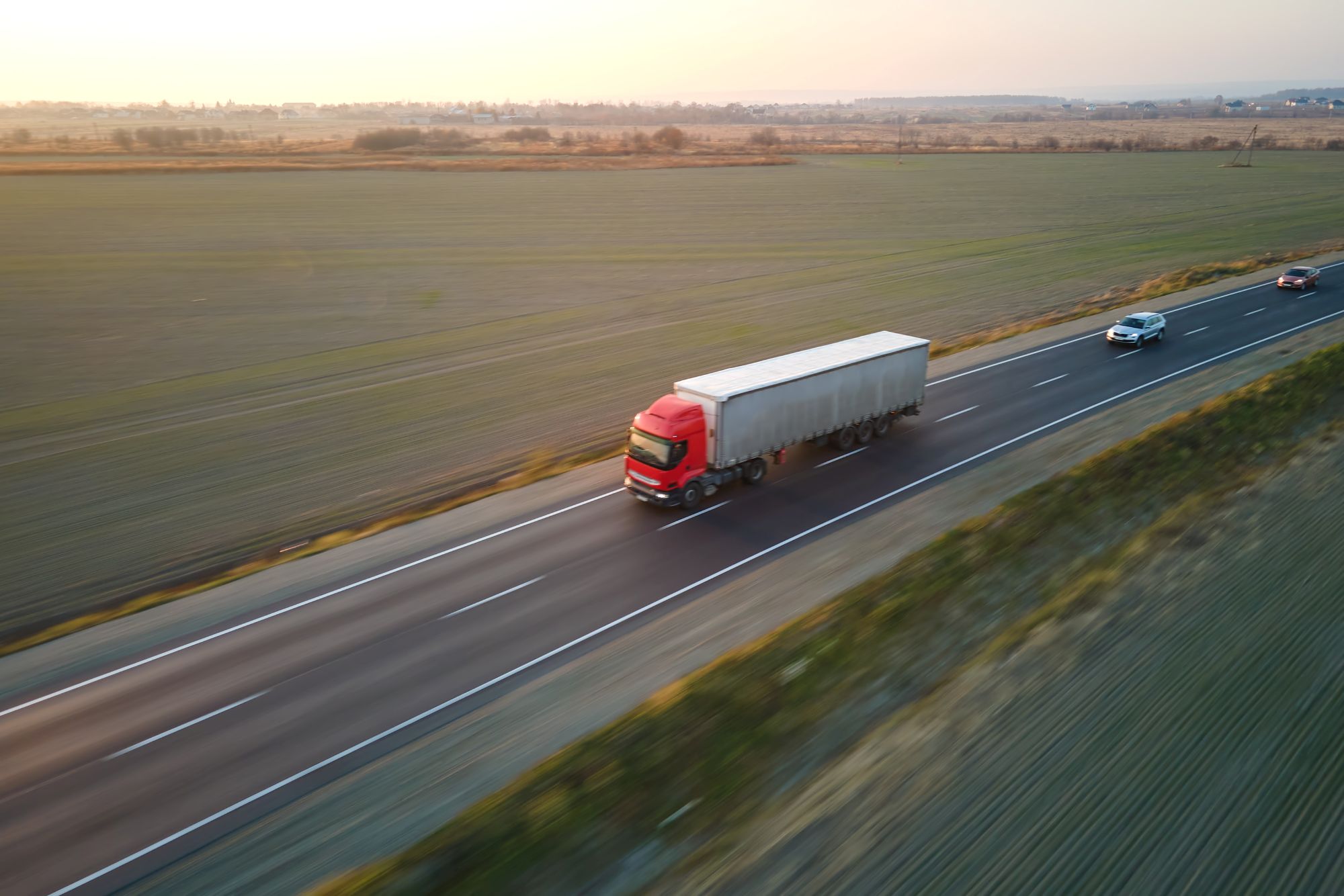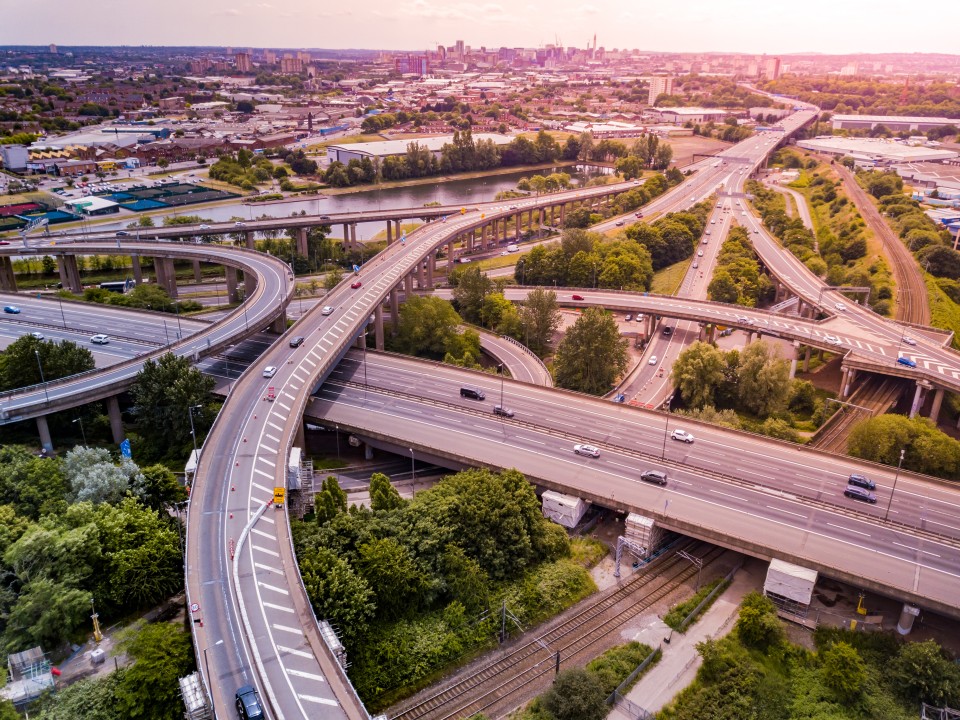
Susie Jones
Red Norte: ¿En qué beneficiará a los camioneros?
Creado: 12/08/2024
•
Actualizado: 12/08/2024
A principios de octubre, el Gobierno anunció su plan de descartar la HS2 y reorientar la financiación a la mejora de las infraestructuras de transporte del país, un proyecto conocido como Network North. El proyecto aportará 36.000 millones de libras para mejorar las principales carreteras, que se han convertido en la manzana de la discordia para los conductores. El anuncio sorprendió a muchos, pero ¿qué significa para los camioneros que atraviesan sin cesar estas carreteras?
Planes de mejora de carreteras existentes
El Gobierno aumentará la financiación de la mayoría de los grandes proyectos existentes de la red de carreteras y de las grandes carreteras locales. Estos proyectos pasarán de una contribución del 85% al 100% para garantizar su ejecución. En gov.co.uk puede consultarse una lista de los planes de mejora de carreteras. La financiación adicional de estos proyectos mejorará la eficiencia de las carreteras de todo el país.
Esquemas estratégicos de la red de carreteras
El plan estratégico de la red de carreteras pretende reducir la congestión y facilitar los desplazamientos de quienes utilizan las carreteras con frecuencia. Un avance bienvenido para los camioneros, para quienes el tráfico parado se ha convertido en la norma.
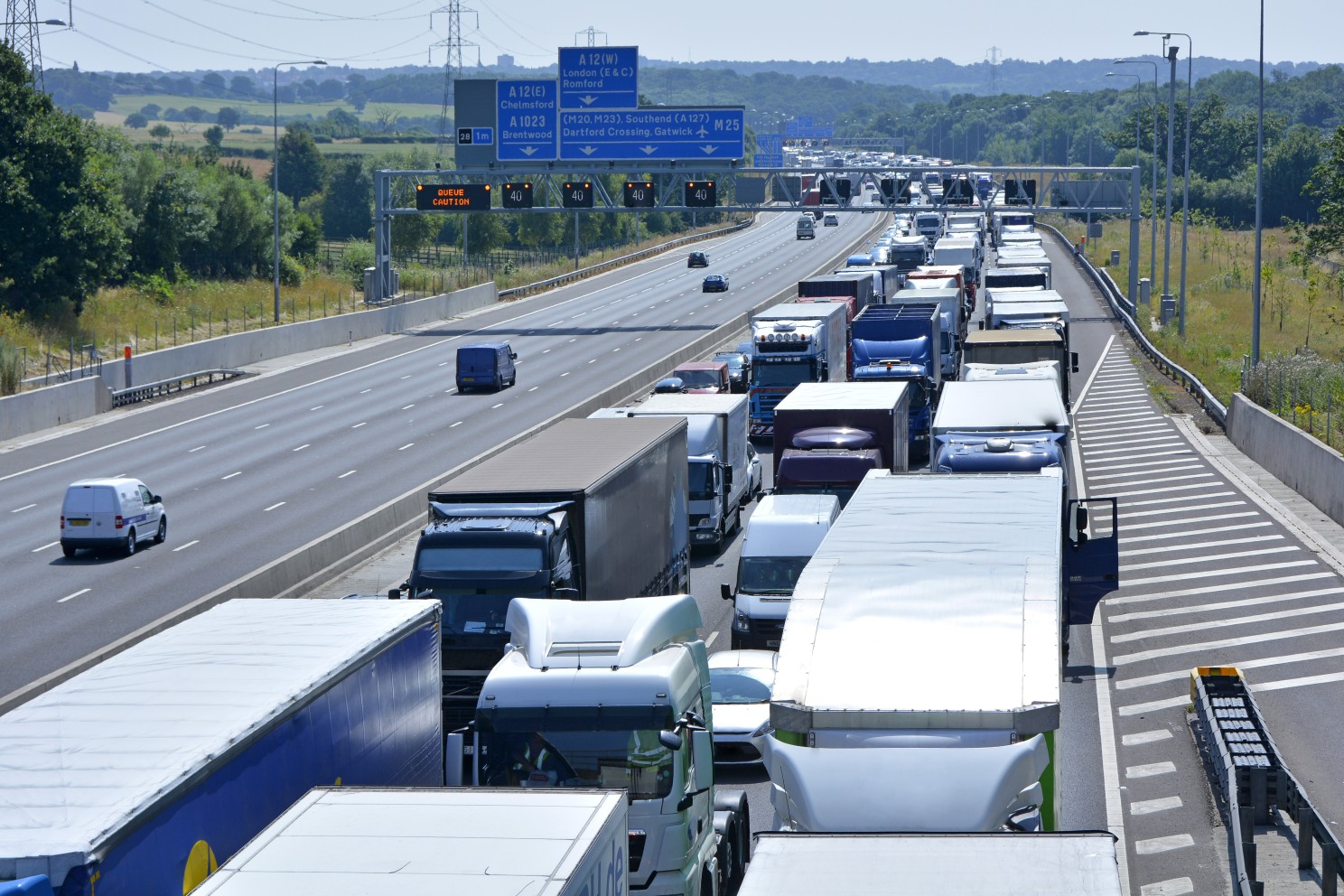
El Norte
Salida 15 de la M6 - Uno de los tramos de carretera más transitados del Reino Unido, por el que circulan más de 127.000 vehículos al día, sufre desde hace tiempo una gran congestión y tiempos de viaje impredecibles. Las curvas cerradas de la vía han sido un reto para los camioneros, provocando vuelcos y mayores retrasos. Los cambios prometidos deberían reducir la congestión y mejorar la seguridad del cruce.
Dos proyectos del cuadrante noroeste de Manchester - La M60 recibe 180.00 desplazamientos diarios de viajeros y conductores de larga distancia. Los proyectos del Cuadrante Noroeste tendrán por objeto circunvalar los tramos J12-J18 y remodelar los enlaces 12, 13 y 14. Otros añadidos, como una carretera de enlace con la A57 y mejoras de capacidad en los cruces nueve, diez, diecisiete y dieciocho, mejorarán la congestión y la duración de los trayectos.
A1 entre Morpeth y Ellingham - Este tramo de 12,8 millas ha sufrido retrasos desde que se propuso su construcción. Sin embargo, el proyecto Network North tiene como objetivo poner en marcha el desarrollo mediante la ampliación del tramo de carretera, mejorando el tiempo de viaje, la seguridad y la capacidad de recuperación.
Midlands
A5 entre Hinckley y Tamworth puntos de pellizco - Aunque más detalles aún no se han publicado, se ha sugerido que el alivio de la congestión será prominente en sus planes.
Mejoras en el corredor A50/A500 entre Stoke y Derby - Con velocidades medias en hora punta inferiores a 20 mph, esta ruta ha demostrado ser lenta y poco fiable para camioneros y viajeros. Es probable que el plan de Network North:
Generar 17.760 nuevos empleos de aquí a 2061
Ver un aumento de población de 21.538 en la zona para 2061
Ver un aumento de 12.040 millones de libras en el VAB (valor añadido bruto) durante los próximos 60 años.
South East
- A2 Brenley Corner - Conocido como el cruce más congestionado de Kent, Network North promete invertir en esta zona, una fantástica noticia para los camioneros que viajan a Dover. Todavía no se han dado a conocer más detalles sobre los planes de desarrollo. Sin embargo, los planes para mejorar Brenley Corner se han discutido desde 2021.
Escocia
- Mejoras en la A75 entre Gretna y Stranraer - La A57 necesita urgentemente un desdoblamiento ya que, en la actualidad, los camioneros están limitados a una velocidad de 65 km/h, lo que provoca atascos y grandes retrasos. Al ser un enlace crucial entre Irlanda del Norte y Gran Bretaña, los camioneros que la utilizan se beneficiarán enormemente del proyecto.
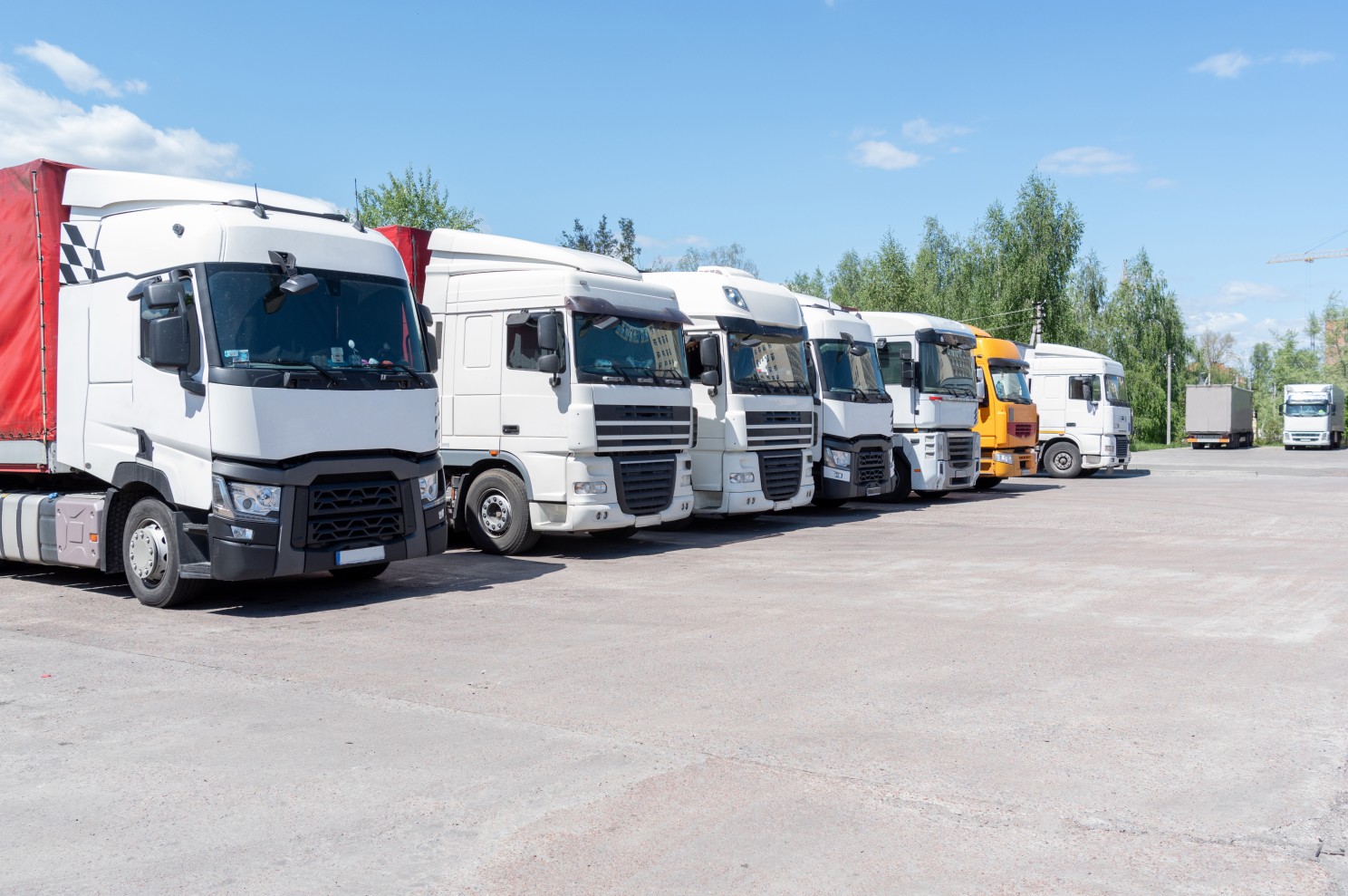
La mejora de la infraestructura viaria aliviará la congestión y ahorrará a los camioneros un tiempo valioso y gastos de combustible, lo que contribuirá a agilizar los plazos de entrega. El proyecto Network North pretende mejorar la vida de los camioneros y otros usuarios de la carretera aumentando la seguridad y mejorando la eficiencia.
¿Cuántas personas aprueban el examen práctico de conducir a la primera?
Según un informe de Statista, entre 2007 y 2021, la tasa media de aprobados en el examen práctico de HGV fue de alrededor del 50%. Los datos de gov.co.uk muestran que en 2022-2023, el 75,9% de los hombres del Reino Unido aprobaron el examen práctico de LGV, frente al 75,9% de las mujeres que lo hicieron.
¿Es estresante conducir camiones?
Como en cualquier profesión, algunos aspectos son estresantes. Las largas horas lejos de los seres queridos pueden provocar soledad y aislamiento entre muchos conductores. Además, la conducción de camiones es a veces un trabajo de mucha presión, con plazos de entrega ajustados y condiciones meteorológicas impredecibles.


